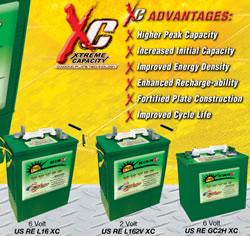Lithium Batteries for Renewable Energy Applications
Greening the Automotive Industry: Sustainable Practices in EV Battery Manufacturing
Corporate Sustainability Strategy within the Renewable Energy Industry
Against great odds: Solar power in the Antarctic
Turbine Blade Inspection Using Vibro-Thermography
Can Traditional Maximum Demand Keep Up in a Smart Meter World?
Wind Energy v. Solar Energy: Which is a Better Renewable for Your Commercial Farm?
Ensuring Solar Connector Safety & Performance Through High Quality Equipment & Proper Installation
Planning, Designing and Operating Microgrids
Due Diligence 101-Part 4: Decoding Solar Farm System Design
Due Diligence 101-Part 3: Performance Modeling for Existing Solar Arrays
Due Diligence 101-Part 2: Choosing the Right Technology When Acquiring a Solar Farm
Due Diligence 101-Part 1: Assessing the site of a solar array
Solar + Sheep = Success! Renewable ways to live off the land
Ensuring Supply Chain Resilience: Key to Energy Sustainability
Records 76 to 90 of 3070
First | Previous | Next | Last
Featured Product

